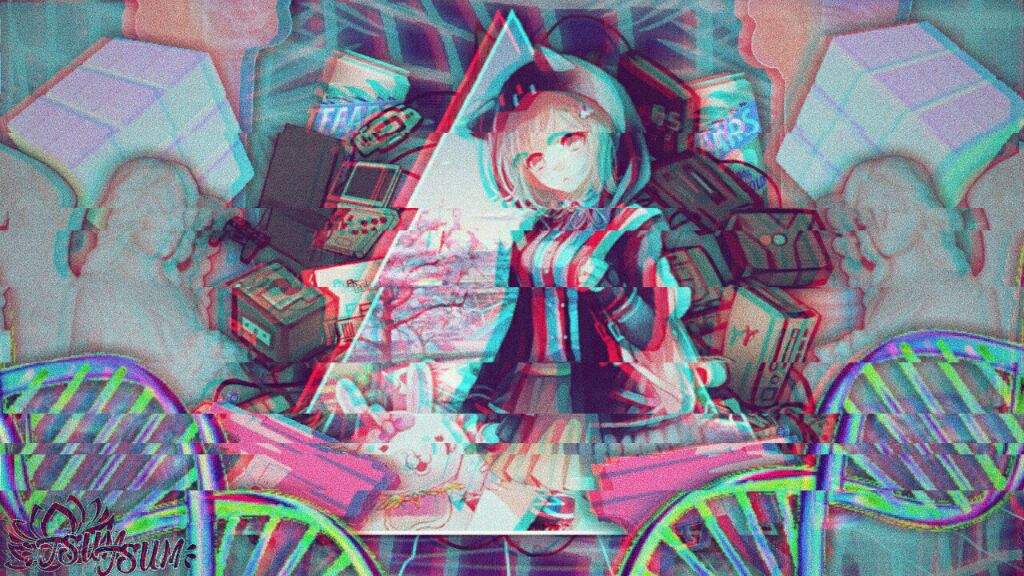Subcultures & Style Lecture Notes
Exploring & defining subculture & style
Subculture:
Case Study 1: The Beats (1950’s America)
Frame of Reference:
Square values:
Case Study 2: Punk (1970s Britain)
Punk n. 1. Inferior, rotten or worthless person or thing. 2. Short for punk rock. 3. A young male homosexual. 4. A prostitute – adj. (Collins English Dictionary)
“No subculture has sought with more grim determination than the punks to detach itself from the taken-for-granted landscape of normalised forms” Hebdige: subculture & the meaning of style 1979 Key frame of reference points:
Punk Vs. Mainstream values:
Provocative – use of pornographic imagery/ fetish fashion Subcultural Rituals
Punk: The cycle of a subculture - There is a point where a subculture is at its most potent – after which it begins to be co-opted or absorbed into the mainstream. Features/ signs of absorption:
The Cycle Of A Subculture: Absorption Into The Mainstream
There is a point where a subculture is at its most potent – after which it begins to be co-opted or absorbed into the mainstream.
Features/ signs of absorption:
Defining Subculture
A Subculture is a sociological phenomenon that stems from a disenfranchised group's need/ desire to rebel against their perception of mainstream societal values, thus forming their own micro-society in which they can feel authentically invested in.
Subcultures adopt their own values & aesthetic codes which confront their contemporary mainstream culture. A unique & distinct cultural uniform separates members of a subculture from that which they oppose. The perceived otherness of a subculture's uniform helps separate them from the mainstream, until eventually the mainstream adopts & appropriates said uniform, and it becomes a historical costume. Cultural Capital Case Study: Vaporwave
As subcultures develop, they form their own unique cultural branding.
Cultural capital may take several forms which may or may not be present in a given subculture.
Vapourwave is primarily a music genre which developed its own subcultural following which has transformed into a vague nihilistic commentary on modern consumerism & capitalism through its visual aesthetic.
Vaporwave's visual aesthetic has surpassed its music as the primary cultural capital of the movement. Both the audio and visual elements of vaporwave are iconic & distinct, yet the visual elements are more striking.
0 Comments
Leave a Reply. |
Author:Elliot Watson, Illustrator with a background in historical swordsmanship and all the weird and wonderful trappings that entails. Archives
November 2021
Categories |
Site powered by Weebly. Managed by 34SP.com




















 RSS Feed
RSS Feed